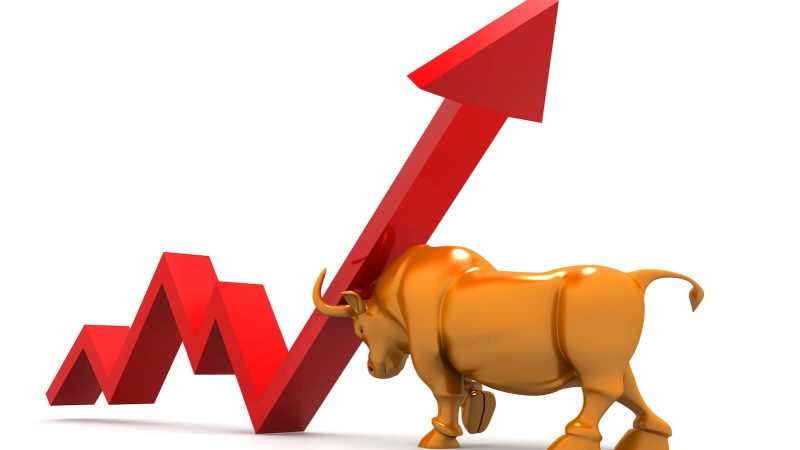
Riding the Money Wave: Decoding the Stock Market Surge and Rising Yields
The financial markets are incredibly dynamic spaces, and understanding their complex mechanisms is crucial for both individual and institutional investors. This article will delve into understanding two significant phenomena – stock market rallies and the rise in yields.
A stock market rally is a period during which prices in the stock market increase consistently. Rallies are attributed to numerous factors, including investor optimism, successful governmental policies, improved economic indicators, among other reasons. However, the extent and duration of these rallies can drastically vary, leading to either short spurts of growth or lasting periods of financial gain known as bull markets.
Understanding a Stock Market Rally
Understanding the functioning of a stock market rally firstly requires an understanding of market sentiment. Market sentiment plays a crucial role in driving stock prices. If investors believe that the market will perform well (optimistic sentiment), they are more likely to buy stocks, further pushing up prices. However, negative sentiment can lead to sell-offs, which push prices down.
Economic indicators such as GDP growth, employment rates, and inflation also have significant effects on market rallies. An economy performing above expectations often boosts investor confidence, which in turn stimulates demand for stocks, pushing prices upwards.
Another factor that fuels a stock market rally is governmental policy. For example, a government that introduces tax cuts or other stimulatory financial measures often results in a boost in stock prices. Monetary policy also plays a crucial role, with lower interest rates often leading to a surge in the demand for stocks.
The Role of Yield in Finance
Moving on to the topic of yields, it is essential to explain precisely what a yield is. In finance, yield refers to the earnings generated and realized on an investment over a specific period. It is usually expressed as a percentage based on the investment’s cost or its current market value.
A key aspect of yield that warrants attention is its inverse relationship with price. When bond prices increase due to high demand, yields decrease, and vice-versa. This phenomenon is called yield fluctuation and is primarily driven by interest rate changes.
The Rise in Yield
A rise in yield typically signifies increased interest rates, translating to higher borrowing costs. This scenario can occur when central banks choose to up the interest rates to manage economic factors such as inflation.
From an investment standpoint, rising yields can often make bonds more attractive to investors than riskier assets like stocks. This shift can result in resources being moved away from the stock market, potentially leading to a slowdown or cessation in a stock market rally.
A rising yield can
